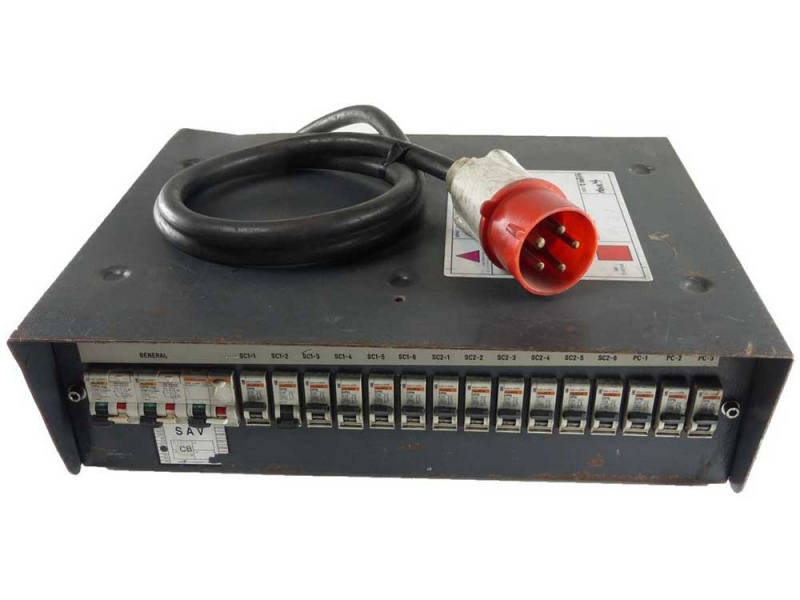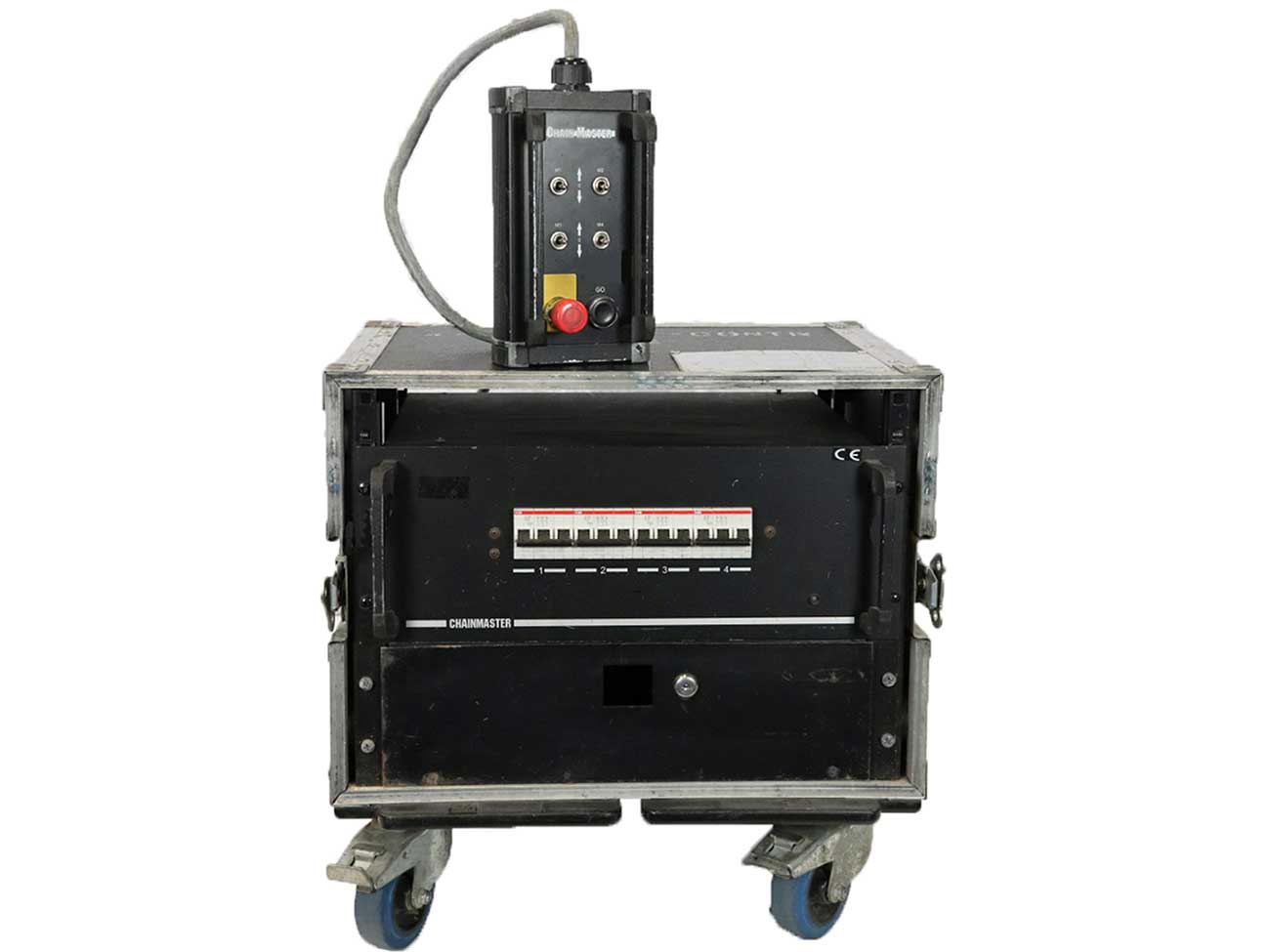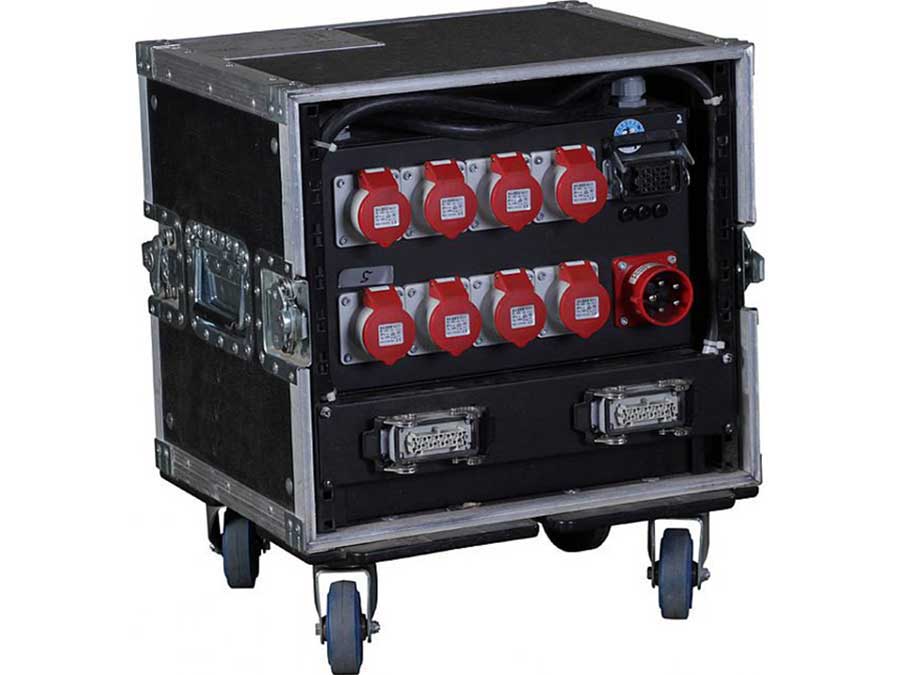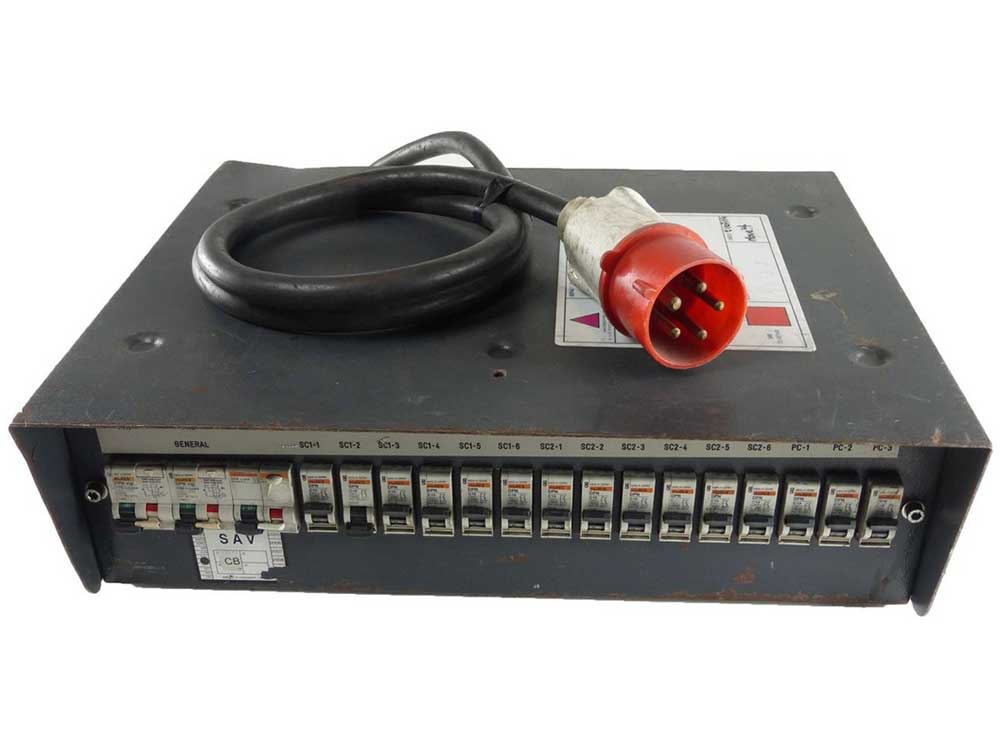Stage power distribution
05 September 2023

|
Welcome to the world of stage power distribution, where the magic happens behind the scenes to bring electrifying performances to life. In this article, we will dive deep into the basics of stage power distribution, unleashing the power that fuels breathtaking concerts, theater productions, and live events. Importance of proper stage power distribution Proper stage power distribution is a crucial aspect of any live event. Without a reliable and efficient power supply, even the most talented performers and advanced technical equipment would be rendered useless. The success of a stage production relies heavily on the seamless flow of power to illuminate the stage, amplify sound, and create captivating visual effects. One of the primary reasons why proper stage power distribution is important is to ensure the safety of everyone involved. The high voltage electrical systems used in stage productions can be dangerous if not handled correctly. Faulty power distribution can result in electric shock, fire hazards, and equipment damage. By implementing a well-designed power distribution system, event organizers and production teams can mitigate these risks and create a safe environment for everyone. Additionally, proper power distribution allows for efficient load balancing. Different elements of a stage production, such as lighting fixtures, audio equipment, and video displays, have varying power requirements. A well-designed power distribution system enables the distribution of power in a balanced manner, preventing overloads and ensuring optimal performance of all equipment. Types of stage power distribution systems Stage power distribution systems come in various forms, depending on the scale and requirements of the event. The two primary types of stage power distribution systems are single-phase and three-phase systems. A single-phase power distribution system is commonly used for smaller events with lower power demands. It consists of a single hot wire, a neutral wire, and a ground wire. This type of system is suitable for events that require minimal lighting and audio equipment. On the other hand, a three-phase power distribution system is used for larger events with higher power demands. It consists of three hot wires, a neutral wire, and a ground wire. This system provides a more balanced distribution of power and is capable of handling the significant electrical loads required by large-scale productions. |
 |
|
Understanding electrical requirements for stage events Before designing a stage power distribution system, it is essential to understand the electrical requirements of the event. This includes assessing the power demands of the lighting fixtures, audio systems, video displays, and other equipment that will be used. To determine the power requirements, it is crucial to calculate the wattage of each device and add them up to get the total power demand. It is recommended to consult the technical specifications provided by the manufacturers of the equipment to ensure accurate calculations. In addition to the power requirements, it is important to consider the voltage and current ratings of the equipment. Most stage productions operate on standard voltages, such as 120V or 240V, but it is essential to confirm the specific requirements of the equipment being used. Components of a stage power distribution system A stage power distribution system consists of several key components that work together to ensure the smooth flow of power. Let's explore each component and its role in the overall system. Power Distribution Boxes (PD Boxes): PD Boxes serve as the primary connection point between the main power source and the equipment on stage. These boxes feature multiple outlets where various devices can be plugged in. PD Boxes are designed to handle high current loads safely and efficiently. Power Distribution Cables: Power distribution cables are heavy-duty cables that connect the PD Boxes to the distribution panels. These cables are capable of carrying high currents without overheating or voltage drop. They are typically made with thick gauge wires and are equipped with connectors that match the outlets on the PD Boxes and distribution panels. Distribution Panels: Distribution panels act as distribution points for the power coming from the PD Boxes. They are equipped with multiple circuit breakers or fuses, allowing for individual control and protection of different electrical circuits. Distribution panels are designed to handle the load balancing requirements of the stage production. Power Sequencers: Power sequencers are devices that control the sequence in which the equipment receives power. They are essential for preventing power surges and ensuring a smooth startup and shutdown of the equipment. Power sequencers can be programmed to power up specific devices in a specific order, reducing the risk of overloading the system. |
 |
|
Safety considerations for stage power distribution Safety should be the top priority when it comes to stage power distribution. Here are some crucial safety considerations to keep in mind during the design, setup, and operation of a power distribution system. Grounding: Ensuring proper grounding is essential for protecting against electrical shocks and equipment damage. Grounding provides a safe path for electrical currents to flow in the event of a fault or surge. All components of the power distribution system should be properly grounded, including the PD Boxes, distribution panels, and equipment. Overcurrent Protection: Installing circuit breakers or fuses at key points in the power distribution system helps protect against overcurrent situations. These devices automatically trip or blow when they detect an excessive flow of current, preventing damage to the equipment or electrical wiring. Insulation and Cable Management: Proper insulation of cables and effective cable management are vital for preventing electrical hazards. Cables should be kept away from potential sources of damage, such as sharp edges or excessive heat. Insulation should be intact and free from any signs of wear or damage. Regular Maintenance and Inspections: Regular maintenance and inspections of the power distribution system are essential to ensure its continued safe and efficient operation. This includes checking for loose connections, damaged cables, and signs of wear. It is also important to adhere to manufacturer recommendations for routine maintenance. Best practices for stage power distribution To ensure a flawless performance and minimize the risk of power-related issues, here are some best practices to follow when designing and setting up a stage power distribution system. Plan Ahead: Start the power distribution planning process early in the event preparation stage. Understanding the power requirements and layout of the stage production will help determine the optimal placement of PD Boxes and distribution panels. Consult Professionals: If you are unsure about any aspect of power distribution, it is always advisable to consult with professionals who specialize in stage power distribution. They can provide valuable guidance and ensure that the system is designed and set up correctly. Use High-Quality Equipment: Investing in high-quality power distribution equipment is crucial for long-term reliability and safety. Cheap or substandard components may compromise the performance of the system and pose potential risks. Label and Document: Properly labeling and documenting the power distribution system can save time and prevent confusion during setup and troubleshooting. Clearly mark each PD Box, cable, and distribution panel to indicate its purpose and connection points. Perform Load Balancing: Distribute the power load evenly across the various circuits in the system. Avoid overloading any single circuit to prevent tripping of circuit breakers or overheating of cables. Conduct System Tests: Before the actual event, perform thorough tests of the power distribution system to ensure everything is functioning correctly. Test each circuit, check for proper grounding, and verify the sequence of power startup and shutdown. Hiring professional stage power distribution services While it is possible to design and set up a stage power distribution system in-house, there are significant advantages to hiring professional stage power distribution services. Professionals have the expertise and experience to handle the complexities of power distribution for large-scale events. They can provide comprehensive solutions, including system design, equipment rental, setup, and ongoing support. Professional services also offer peace of mind, knowing that the power distribution system is in the hands of experts who prioritize safety and efficiency. They can handle any troubleshooting or maintenance needs, allowing event organizers and production teams to focus on other crucial aspects of the event. Conclusion: Harnessing the power of stage power distribution Stage power distribution is an essential yet often overlooked aspect of live events. Understanding the basics of stage power distribution, from the various components to safety considerations and best practices, empowers event organizers and production teams to create unforgettable performances. By unleashing the power of a well-designed and properly maintained power distribution system, the stage becomes a canvas for creativity and awe-inspiring moments. So, the next time you attend a concert or theater production, take a moment to appreciate the unseen force that brings the magic to life. |
 |
